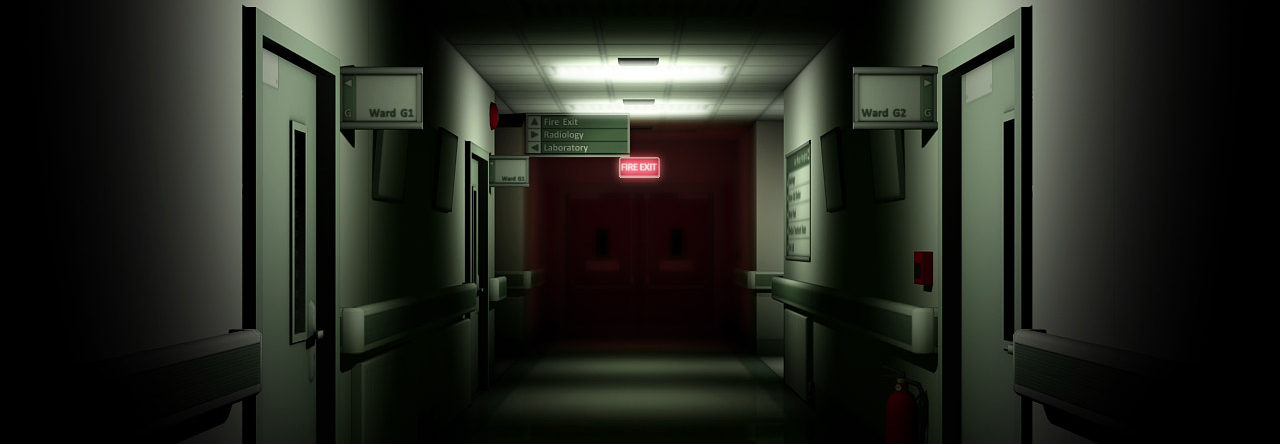
Well except the Romulans are played by Nazis or something like that. In a May 31 article in Stat News found here we find a surgeon who was having difficulty during a surgery. She elected to use a famous Nazi medical text to assist her in the procedure. The book is the Pernkopf Topographic Anatomy of Man.
The story looks like this:
The surgeon needed to call a time-out. She had already cut into the patient’s knee for what she thought would be a technically challenging but straightforward operation: freeing a nerve that had gotten so severely pinched after several knee replacements that it was causing unbearable pain. If the surgery didn’t work, the 50-year-old patient told Dr. Susan Mackinnon of Washington University in St. Louis, she wanted her leg amputated.
But now Mackinnon, one of the country’s most renowned nerve surgeons, was stumped. She couldn’t trace the saphenous nerve and its branches. To figure out where the nerve wends its way between and around and under the muscle and connective tissue and free it, she needed to consult the best anatomical maps of peripheral nerves ever created. So, she asked her colleague, Andrew Yee, to dash into her office, grab the Pernkopf Topographic Anatomy of Man, photograph the right illustration with his iPhone, and email it to her in the OR.
Yee did. Mackinnon projected the image on a screen, figured out where the nerve was, and successfully completed the surgery.
The article goes on to talk about Dr. McKinnon’s internal and external dialogue of whether her actions of using Nazi texts.
These were created by Viennese medical illustrators who were such ardent Nazis they included swastikas and lightning-bolt SS symbols in their signatures. The drawings were compiled by an Austrian medical school dean who fired all his Jewish professors after the Anschluss (Nazi Germany’s annexation of Austria in 1938) and was based in part on the bodies of people executed by the Nazis. The first of the two volumes were published in 1937, the second in 1941.
Is ethical to use this text with the knowledge of who and how published it? This really has the potential to be an unwinnable ethical situation. On the one hand, you require expertise, and this book is probably one of the best illustrations of anatomy that exists with the absolute most exceptional detail. Of course, it was written by a Nazi. The illustrations are based on executions of dissidents, primarily Jewish dissidents.
While some medical practitioners like myself would ask the tough question is a going to save a life? If the answer is yes, we would most likely use it without question. The reason is the life and limb of somebody right in front of you far more critical than anything else, at that moment.
While their actions are questionable, should I abandon a situation I’m unable to figure out because of the moral standing of the individuals who wrote a book? We read 100s of textbooks for NP or Medical school we have no clue who wrote a book from the moral standpoint. We only know that they wrote a medical text
There is also a growing number of people that totally believe that we should continue to push ourselves away from anything dealing with Nazi Germany. I agree to a point, but using this “vile book” as some example of allowing that culture in the modern era is hogwash.
Okay, there is no question things done by the Nazi party in German and elsewhere are unspeakable horrors and no place in any civilized society. However, I go back to anything to save life or limb. Anything. To play on the Kobayashi Maru theme, in this case; the needs of the one, outweigh the “needs” of the many (that’s a Star Trek reference). Good Movies and excellent series, maybe you have heard of it.
In the end, it was pretty summed up by her Rabbi:
Grodin said, “most rabbis would not just permit using it but say it was mandatory” — as long as physicians and educators remember its origins and pay respect to those who were killed to create it. “Every time someone uses one of these pictures, they need to say where it came from,” said Polak, who survived the Bergen-Belsen concentration camp as a child.
So maybe the unwinnable situation is. In my mindset here, the Rabbi said it more eloquently than I could. Be mindful but save the lives first and foremost.
Much of medical ethics is like this very subtle, seems very straightforward, with the minefield in the middle. These are not significant ethics challenges like you see on Gray’s Anatomy or House

